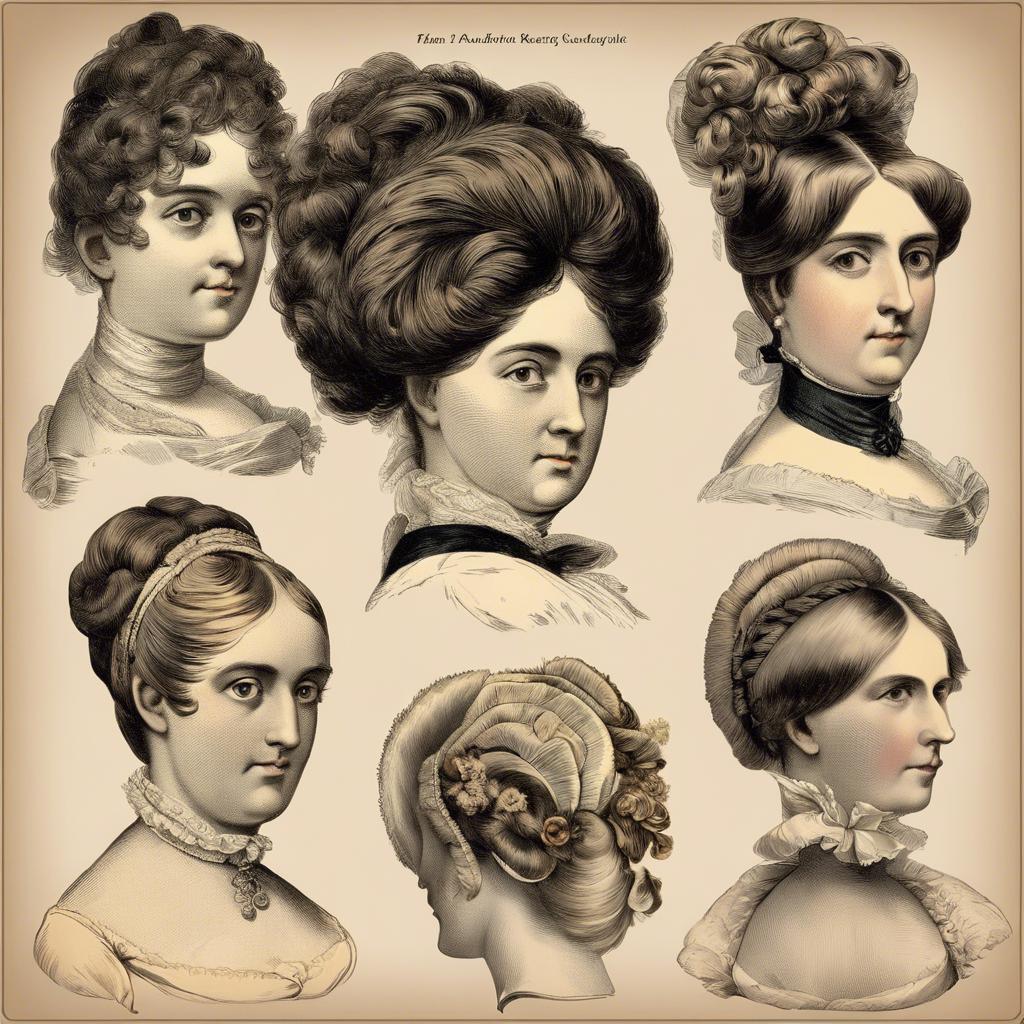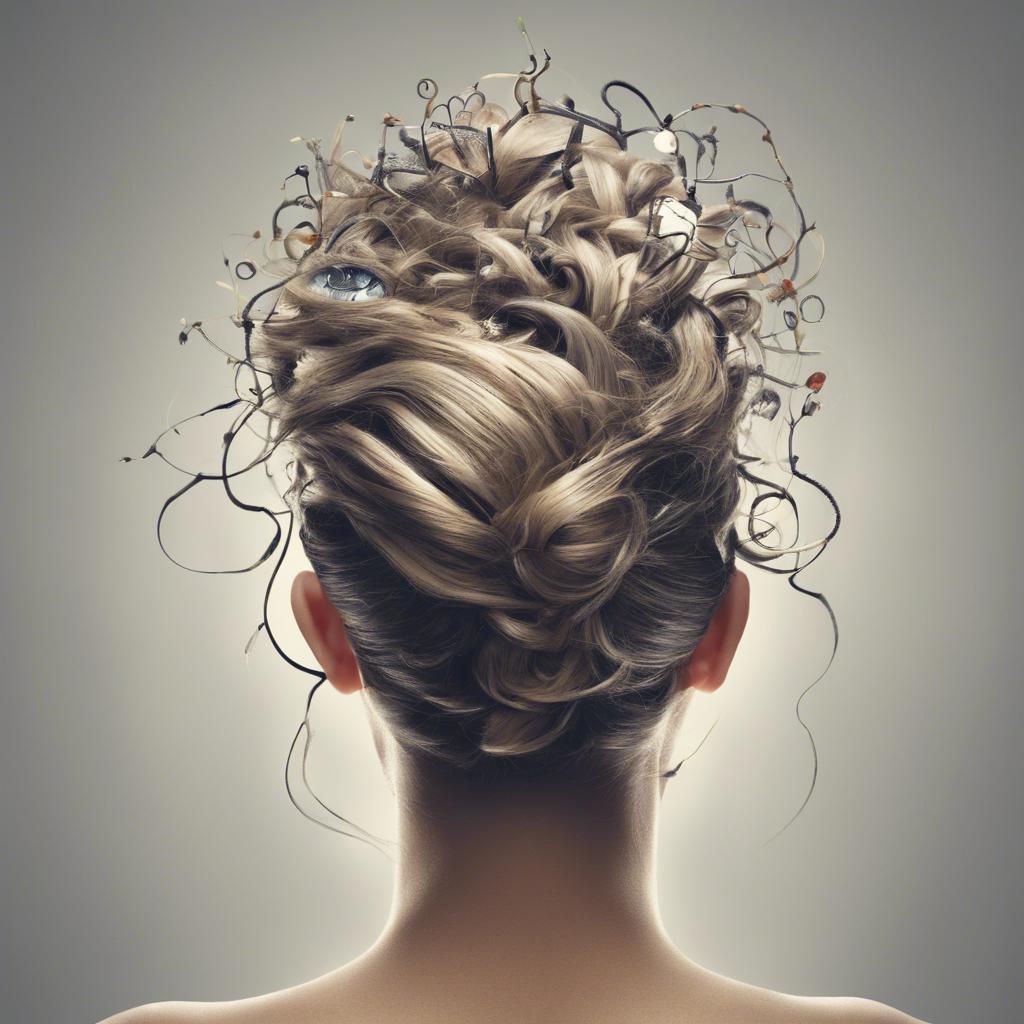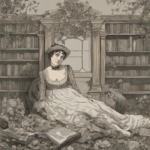During the Regency era in the early 19th century, hairstyles were an essential aspect of fashion and culture. Influenced by the romantic ideals of the time, intricate updos and elegant curls were popular among women of the upper class. This article will explore the history and significance of Regency hairstyles, shedding light on the techniques and trends that defined this iconic period in hair styling.
Step Into the World of Cheryl Bolen
Dive into the enchanting stories of love, intrigue, and elegance set in the Regency Era. Cheryl Bolen's novels offer timeless romance and captivating tales that will leave you wanting more.
Explore Cheryl Bolen's Books Now
Evolution of Regency Hairstyles: A Detailed Look at 19th Century Elegance
Regency era hairstyles were characterized by their intricate designs and elegant flair, reflecting the fashion and social norms of the early 19th century. Women during this time often adorned their hair with intricate curls, braids, and accessories, creating a look of sophistication and refinement. These hairstyles were not only a symbol of status and wealth but also served as a form of self-expression and artistry.
One of the most iconic regency hairstyles was the “Grecian” style, inspired by the classical art and architecture of ancient Greece. This hairstyle featured loose curls and draped strands, reminiscent of the flowing robes worn by Greek goddesses. Women would often accessorize their hair with headbands, ribbons, and floral arrangements to enhance the Grecian aesthetic. The end result was a look that exuded grace and femininity, ideal for formal events and social gatherings.
Another popular regency hairstyle was the “Titus” cut, named after the Roman emperor Titus who famously sported short, cropped hair. This style involved cutting the hair short at the nape of the neck while leaving longer strands at the front to be styled into loose curls or waves. The Titus cut was seen as a bold and daring choice for women during this time, challenging traditional notions of femininity and beauty. Despite its unconventional nature, the Titus hairstyle became a symbol of empowerment and individuality for women seeking to break free from societal expectations.
Key Elements of Regency Hairstyles: Understanding the Intricate Designs
During the Regency era, hairstyles played a significant role in fashion and society. Understanding the intricate designs of Regency hairstyles can provide insight into the cultural norms and trends of the time. From elaborate updos to intricate braids, Regency hairstyles were a reflection of elegance and sophistication.
One key element of Regency hairstyles is the use of intricate curls and waves. Women would often spend hours styling their hair to achieve the perfect balance of volume and texture. Curling irons were commonly used to create tight curls or loose waves, which were then styled into elaborate updos or left cascading down the back in a half-up, half-down style.
Another important aspect of Regency hairstyles is the use of accessories. Women would adorn their hair with ribbons, feathers, and jewels to add a touch of glamour to their look. Hair accessories were often used to complement the overall outfit and add an extra element of style to the hairstyle. Additionally, hair nets and bonnets were commonly worn to protect the hair from dirt and dust while also adding a decorative touch to the overall look.
Expert Tips for Recreating Regency Hairstyles: Achieving Authenticity and Graceful Sophistication
Transport yourself back to the elegant era of the Regency period with these expert tips for recreating authentic hairstyles that embody grace and sophistication. Embrace the beauty and style of the early 19th century with these timeless looks that are sure to turn heads.
When recreating Regency hairstyles, it’s important to consider the following key elements to achieve authenticity and grace:
- Hair Type: Regency hairstyles were typically worn by women with long, natural hair. If your hair is shorter, consider using hair extensions or a wig to achieve the desired look.
- Hair Accessories: Ribbons, combs, and flowers were popular accessories during the Regency era. Incorporate these elements into your hairstyle to add a touch of elegance and authenticity.
- Hair Styling: Soft curls, braids, and intricate updos were common hairstyles during the Regency period. Experiment with different styling techniques to recreate these iconic looks.
| Regency Hairstyle Tip: | Use a silk scarf or ribbon to tie back loose curls for a romantic and whimsical look. |
|---|---|
| Regency Hairstyle Tip: | Add a delicate comb or jeweled hairpin to your updo for a touch of sparkle and sophistication. |
| Regency Hairstyle Tip: | For a truly authentic look, consider consulting a historical hairstylist who specializes in Regency era hairstyles. |
Celebrities Who Embrace Regency Hairstyles: Inspirational Icons of the Era
In the world of fashion and beauty, historical hairstyles have made a resurgence in recent years, particularly the elegant and sophisticated regency hairstyles popularized in the early 19th century. These iconic hairstyles, characterized by their intricate updos, loose curls, and delicate accessories, have been embraced by modern celebrities who appreciate the timeless glamour of the Regency era.
One such celebrity who has become known for her love of Regency hairstyles is Keira Knightley. Renowned for her roles in period dramas, Knightley often channels the elegance of the Regency era in her red carpet appearances, opting for elaborate updos and soft curls that pay homage to the iconic styles of the time.
Another inspirational icon of the Regency era is Emma Watson. The actress and activist has been spotted sporting Regency-inspired hairstyles that exude grace and sophistication. Whether attending award shows or charity events, Watson effortlessly captures the essence of the era with her timeless hairdos.
To Wrap It Up
the regency hairstyle represents a unique blend of elegance and sophistication that characterized the early 19th century. From the intricate curls and delicate accessories to the naturalistic and romantic look, this style has truly stood the test of time. By understanding its historical significance and exploring its intricate details, we gain a deeper appreciation for the artistry and craftsmanship that went into creating these beautiful hairstyles. As we continue to study and appreciate regency hairstyles, we not only honor the past but also draw inspiration for the future of fashion and beauty.


